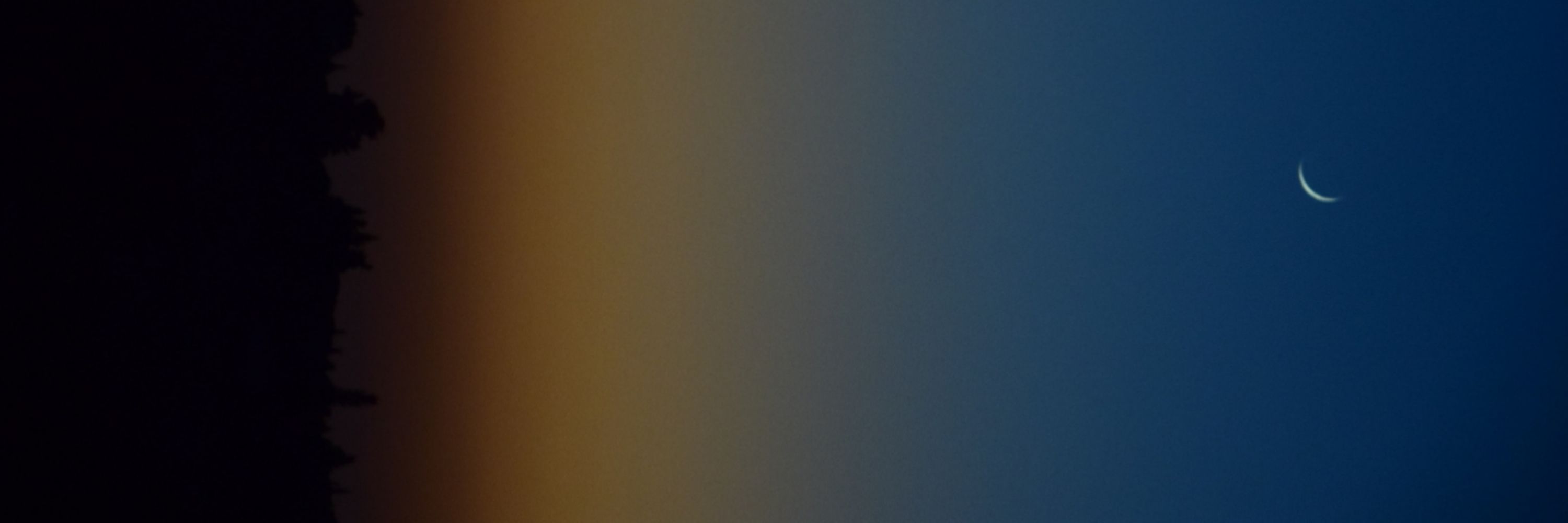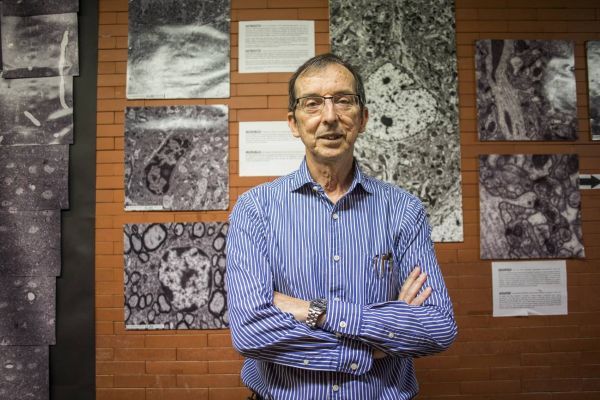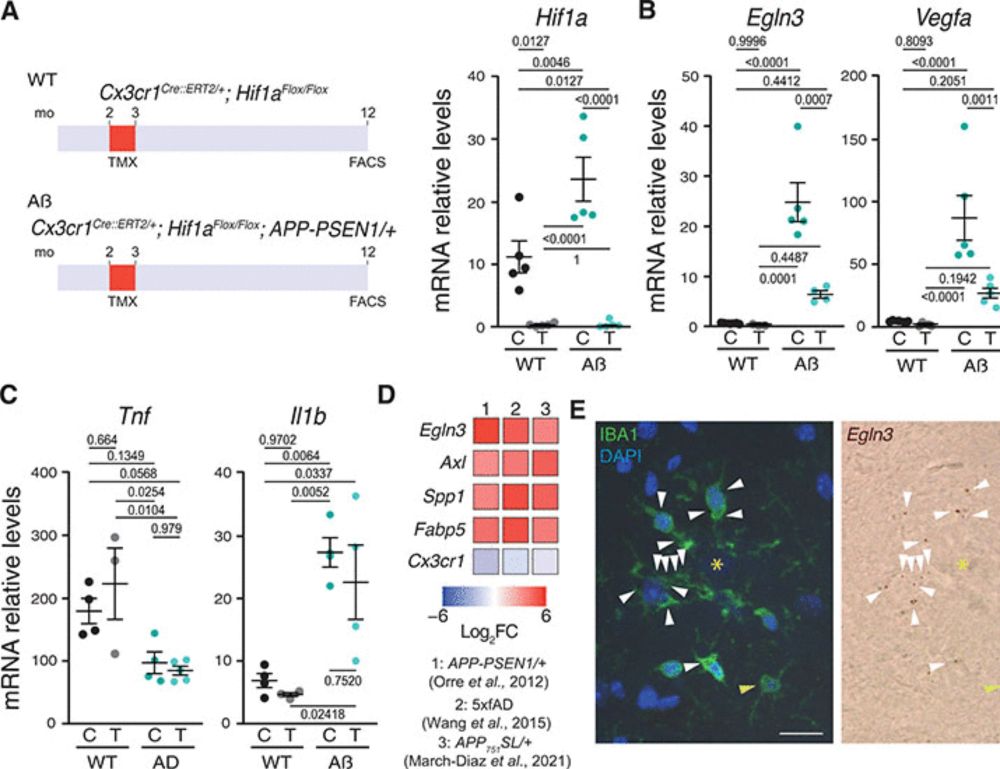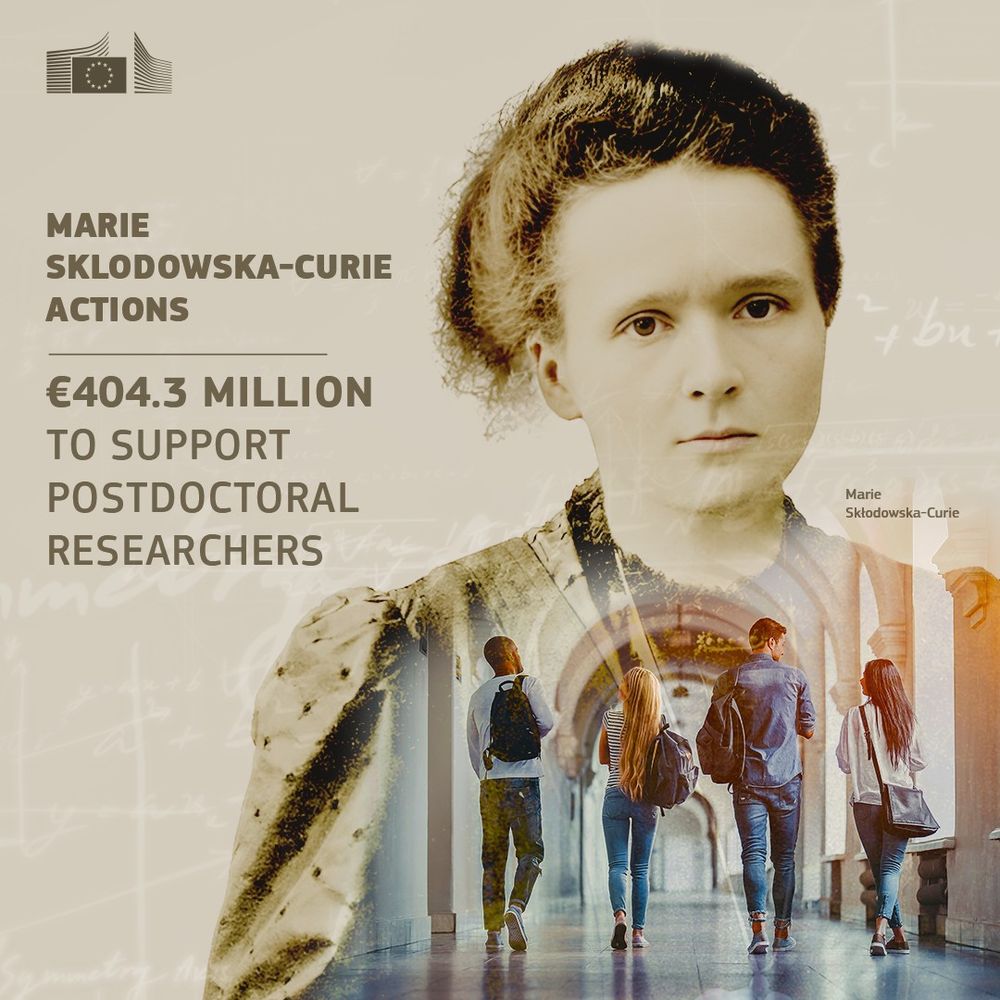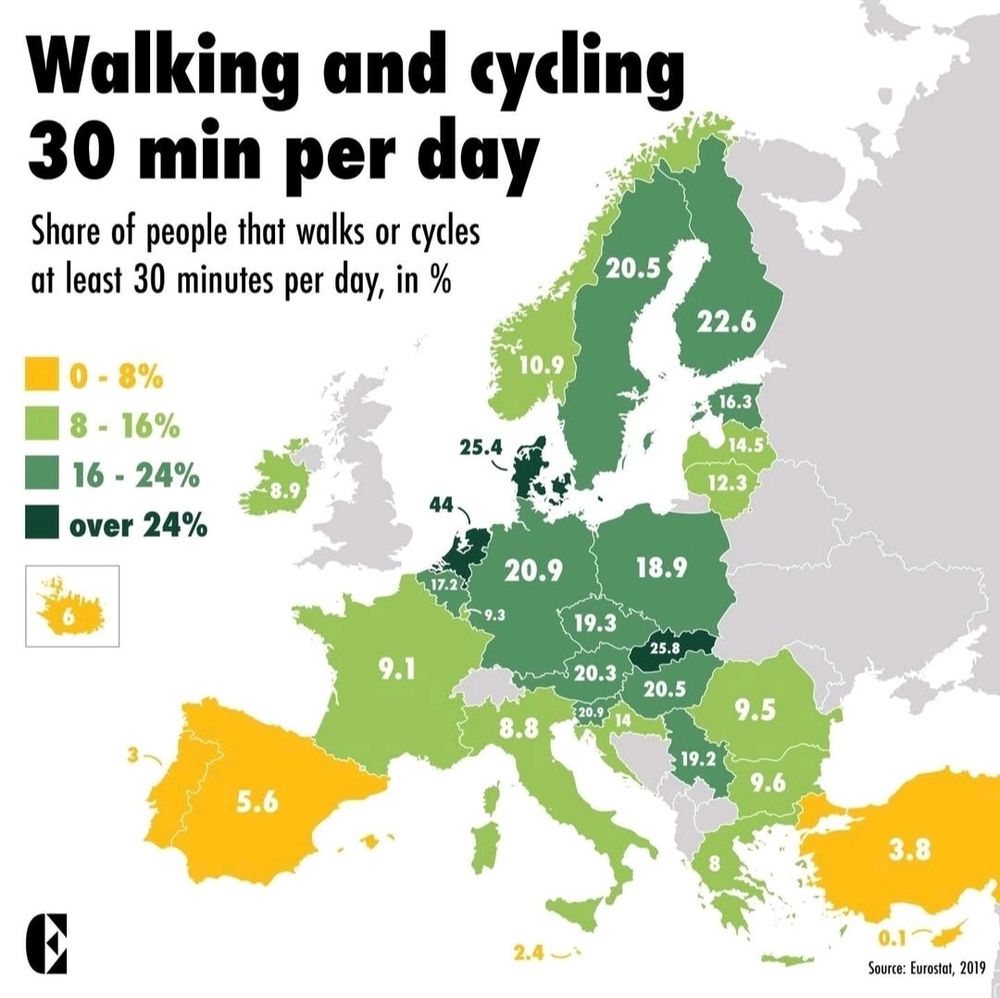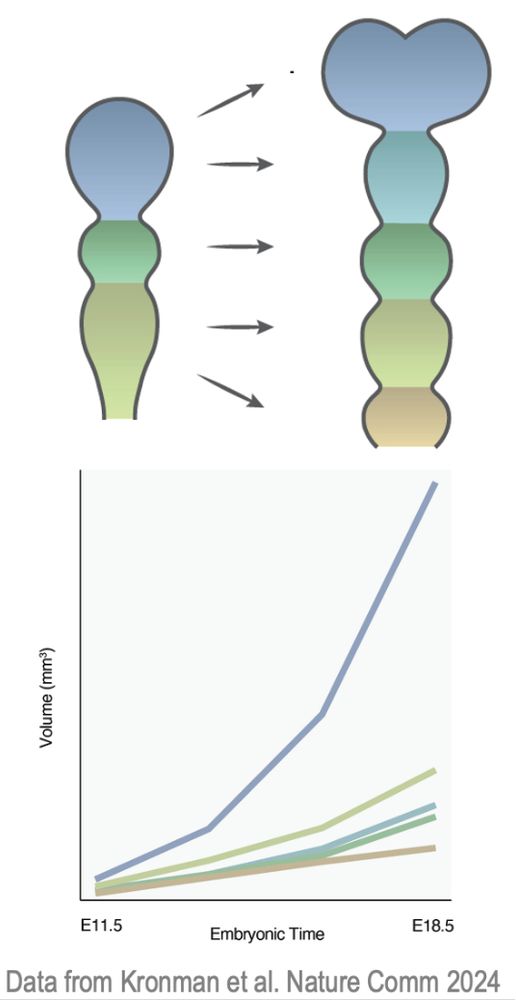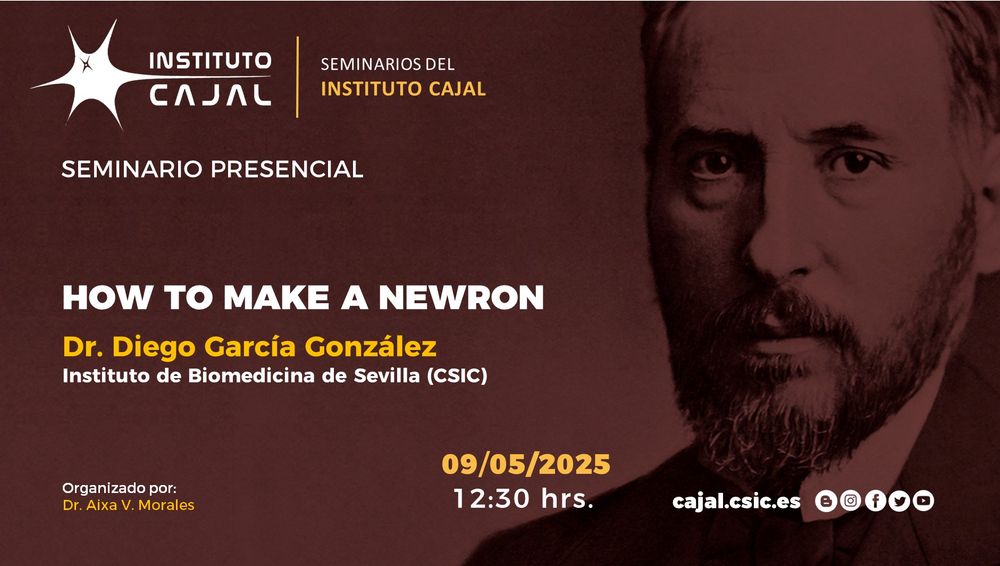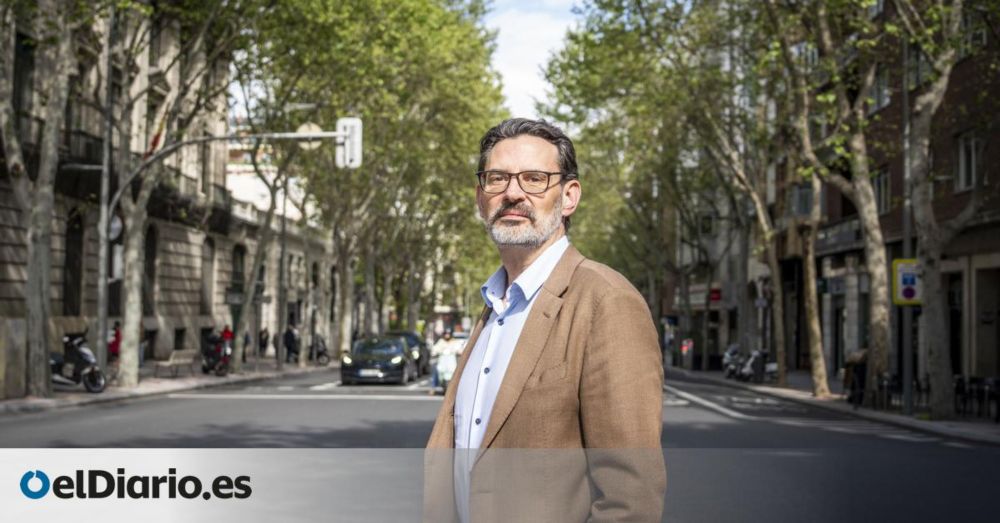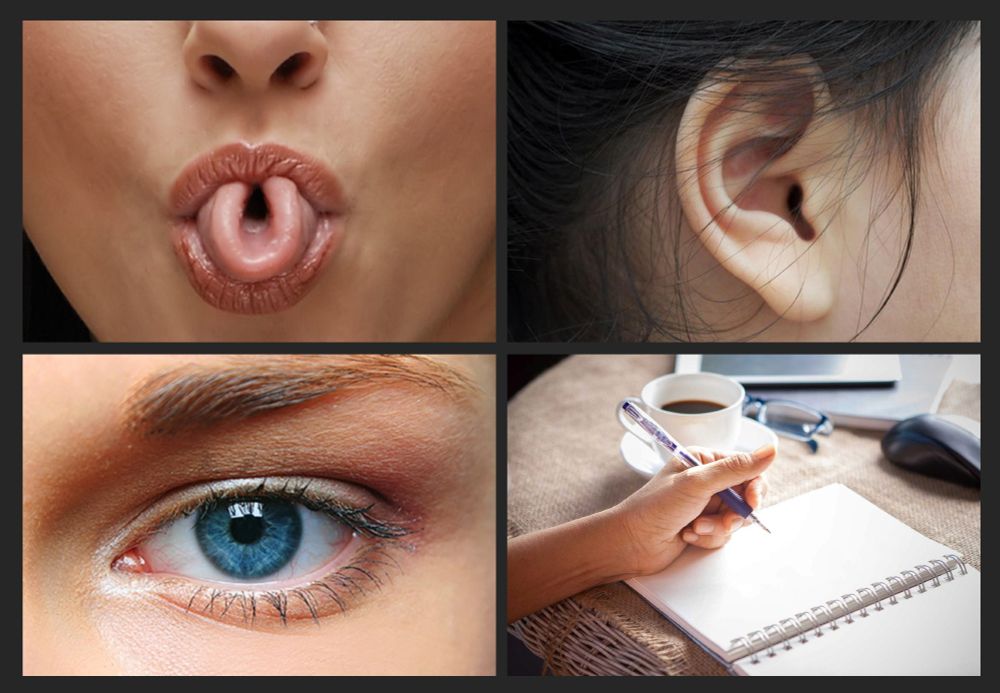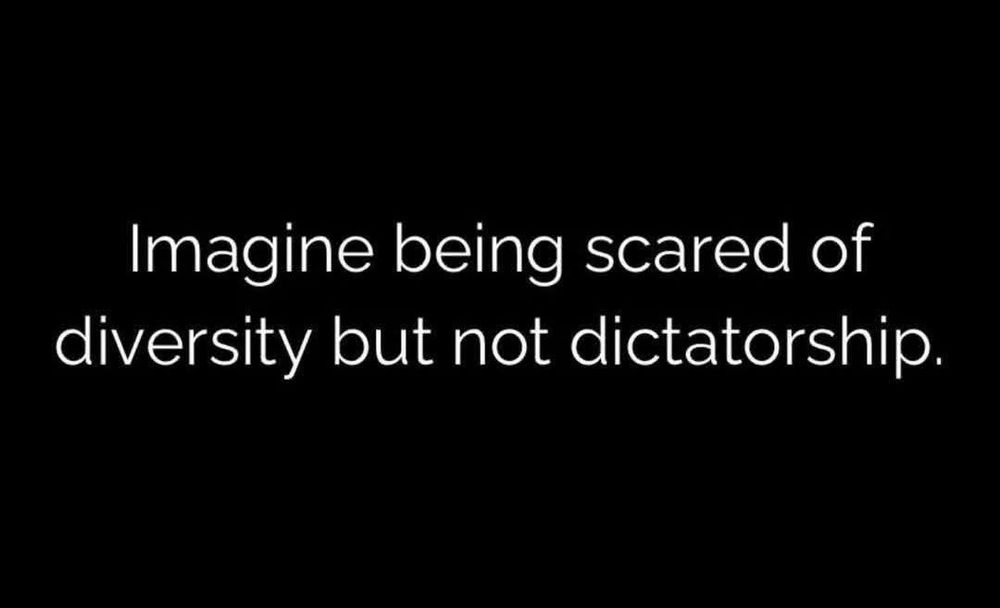Diego García González
@diegoconcalma.bsky.social
170 followers
280 following
22 posts
Developmental neurobiologist.
Neurogenesis, neurodevelopmental disorders & evolution.
Group leader in a hotel named IBIS. I'm serious.
Posts
Media
Videos
Starter Packs
Reposted by Diego García González
Reposted by Diego García González
Reposted by Diego García González
Reposted by Diego García González
Reposted by Diego García González
Reposted by Diego García González
Reposted by Diego García González
Reposted by Diego García González
Reposted by Diego García González
Reposted by Diego García González
Reposted by Diego García González
Reposted by Diego García González
Bassem Hassan
@bassemh.bsky.social
· May 7
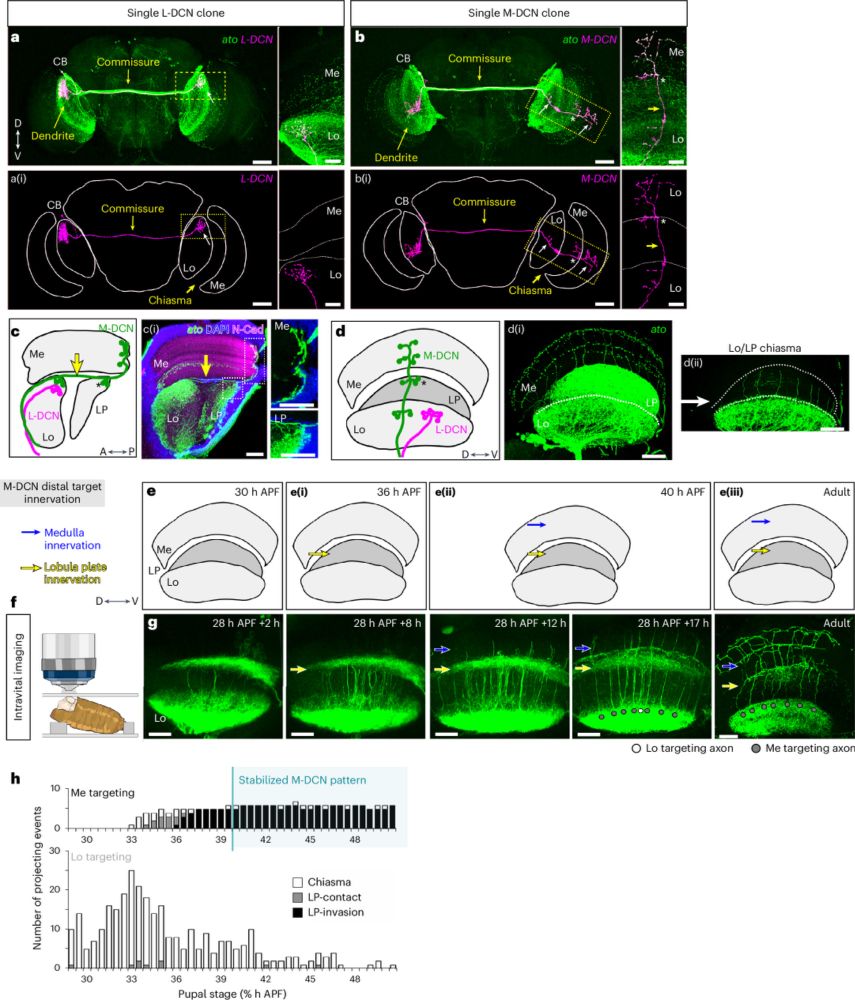
Sequential and independent probabilistic events regulate differential axon targeting during development in Drosophila melanogaster
Nature Neuroscience - The developmental origin of behavioral individuality is unclear. The authors show that a temporal sequence of genetically encoded stochastic mechanisms explains variation in...
rdcu.be
Reposted by Diego García González
Datta Lab
@dattalab.bsky.social
· May 9

A spatial code governs olfactory receptor choice and aligns sensory maps in the nose and brain
Although topographical maps organize many peripheral sensory systems, it remains unclear whether olfactory sensory neurons (OSNs) choose which of the ~1100 odor receptors (ORs) to express based upon t...
www.biorxiv.org
Reposted by Diego García González
Reposted by Diego García González
Reposted by Diego García González
Reposted by Diego García González
Reposted by Diego García González
